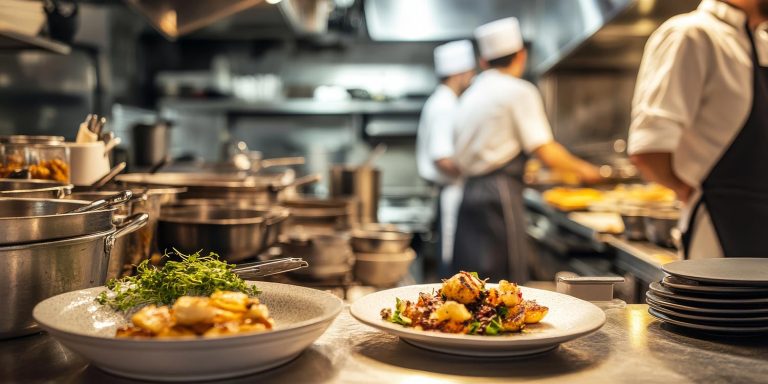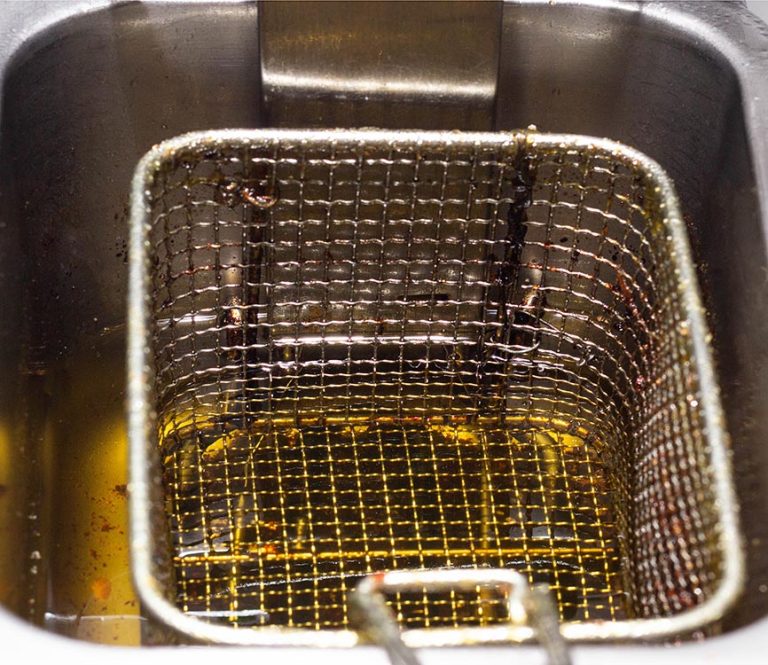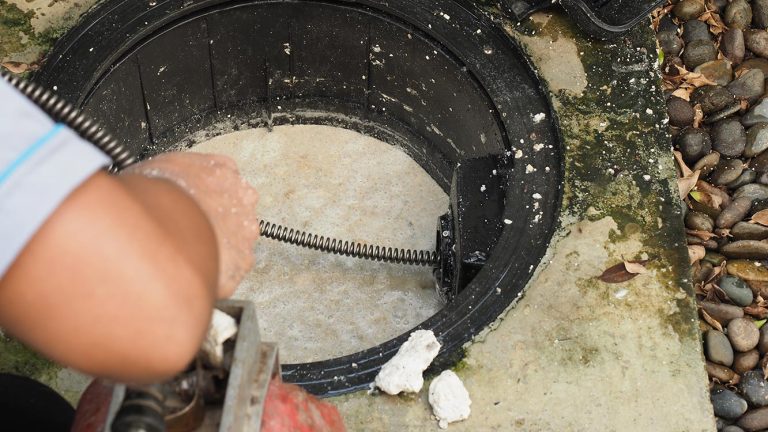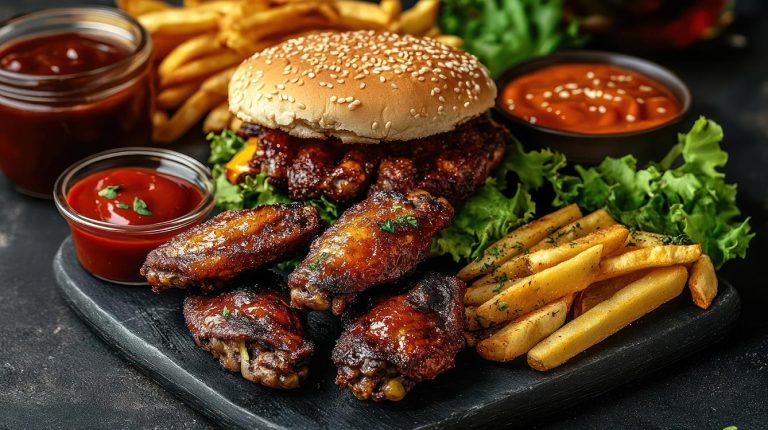Grease Trap Cleaning 101: What Every Restaurant Owner Needs to Know
A busy restaurant kitchen is a fast-paced environment where efficiency is everything. But all it takes is one unexpected plumbing issue—like a backed-up sink or a foul-smelling drain—for service to grind to a halt. In many cases, the culprit is a neglected grease trap.
Grease traps are designed to prevent fats, oils, and grease (FOG) from entering the plumbing system, but they only work effectively when cleaned on a regular schedule. When grease builds up, it creates blockages that lead to costly repairs, unpleasant odors, and even regulatory fines. Restaurant owners and kitchen managers who understand how grease traps function—and how to maintain them properly—can prevent these problems before they start.
How Grease Traps Work in a Commercial Kitchen
Grease traps serve as a barrier between the kitchen’s wastewater and the municipal sewer system. Every time grease, oil, or food particles go down the drain, the grease trap catches and separates them before they can cause damage to pipes. This prevents clogs, backups, and environmental pollution caused by excess FOG entering public water systems.
When wastewater flows into the grease trap, it slows down, allowing grease to rise to the top while solid food particles sink to the bottom. The cleaner water in the middle then exits the trap, leaving behind accumulated grease and waste. Over time, the trapped grease builds up, reducing the trap’s efficiency and increasing the risk of overflow. Without regular cleaning, grease eventually bypasses the trap altogether, leading to serious plumbing issues.
Signs That Your Grease Trap Needs Cleaning
Recognizing the warning signs of an overloaded grease trap can prevent costly emergencies. One of the most obvious indicators is slow drainage—if sinks and dishwashers take longer than usual to drain, it’s often a sign that grease has started clogging the system.
Another common issue is foul odors. When grease and food particles decompose inside the trap, they produce a strong, rancid smell that spreads throughout the kitchen and dining areas. If customers begin to notice unpleasant odors, it can hurt the restaurant’s reputation and lead to negative reviews.
Visible grease buildup is another red flag. If grease starts to overflow or collect around drains and kitchen floors, it means the trap is already at capacity. Ignoring this can lead to serious plumbing failures and compliance violations.
How Often Should Grease Traps Be Cleaned?
The frequency of grease trap cleaning depends on the size of the trap and the amount of grease a kitchen produces. Industry best practices recommend cleaning at least once every one to three months, but some high-volume kitchens require more frequent service.
Many local health departments have specific regulations outlining cleaning requirements for commercial kitchens. Staying ahead of these regulations not only ensures compliance but also prevents emergency situations that could disrupt business operations. A good rule of thumb is to schedule routine cleanings before problems arise, rather than waiting until an issue forces an emergency call to a plumber.
Keeping a grease trap maintenance log can also help track cleaning schedules and ensure compliance with local ordinances. These records provide proof that the restaurant is following proper procedures, which can be useful during health inspections.
What Happens During a Professional Grease Trap Cleaning?
A professional grease trap service goes beyond simply removing grease from the surface. The process starts with pumping out all accumulated grease, solids, and wastewater. This is followed by a thorough scrubbing of the trap’s interior walls and baffles to remove hardened grease and prevent future buildup.
After cleaning, the service provider inspects the grease trap for signs of damage or inefficiencies, ensuring it remains in optimal working condition. If any issues are found—such as broken seals, corroded parts, or improper installation—addressing them early can prevent more expensive repairs down the road.
Many grease trap service providers also offer eco-friendly grease disposal options, recycling the collected waste into biodiesel or other sustainable energy sources. Choosing a provider that prioritizes sustainability not only benefits the environment but also aligns the business with growing consumer expectations for responsible waste management.
Best Practices for Keeping Grease Traps in Peak Condition
Preventive maintenance starts with proper kitchen habits. Staff should be trained to minimize the amount of grease that enters the drain in the first place. Simple steps like wiping excess grease from plates before washing and disposing of food scraps in the trash instead of the sink can significantly reduce the load on the grease trap.
Using sink strainers helps catch solid food particles before they enter the plumbing system, reducing the amount of waste that accumulates in the grease trap. Additionally, keeping hot water and chemical cleaners out of grease trap drains prevents grease from liquefying and bypassing the trap, only to solidify further down the pipes and create blockages.
Scheduling regular professional cleanings is the most effective way to maintain grease trap efficiency. Instead of waiting for a problem to occur, setting up a routine cleaning plan ensures that the grease trap remains functional, preventing costly plumbing repairs and unexpected shutdowns.
Why Regular Grease Trap Cleaning is Essential for Business Success
Grease trap maintenance isn’t just about following regulations—it’s about keeping a kitchen running smoothly. A neglected grease trap leads to plumbing failures, foul odors, and potential health violations, all of which can disrupt business operations and drive away customers.
By prioritizing grease trap cleaning, restaurant owners protect their investment, avoid unnecessary expenses, and create a safer, more efficient kitchen environment. The costs associated with regular maintenance are minimal compared to the expenses of emergency plumbing repairs or fines from non-compliance.
For restaurant owners and kitchen managers, the smartest approach is to stay ahead of the problem. Scheduling routine grease trap cleanings, training staff on best practices, and working with a trusted service provider ensures that grease-related issues never interfere with business operations. Keeping a clean grease trap isn’t just a regulatory requirement—it’s a key component of a successful and smoothly running commercial kitchen.
If your business hasn’t had a grease trap cleaning in the last few months, now is the time to schedule one. Proactive maintenance is the best way to avoid costly surprises and keep operations running efficiently.






